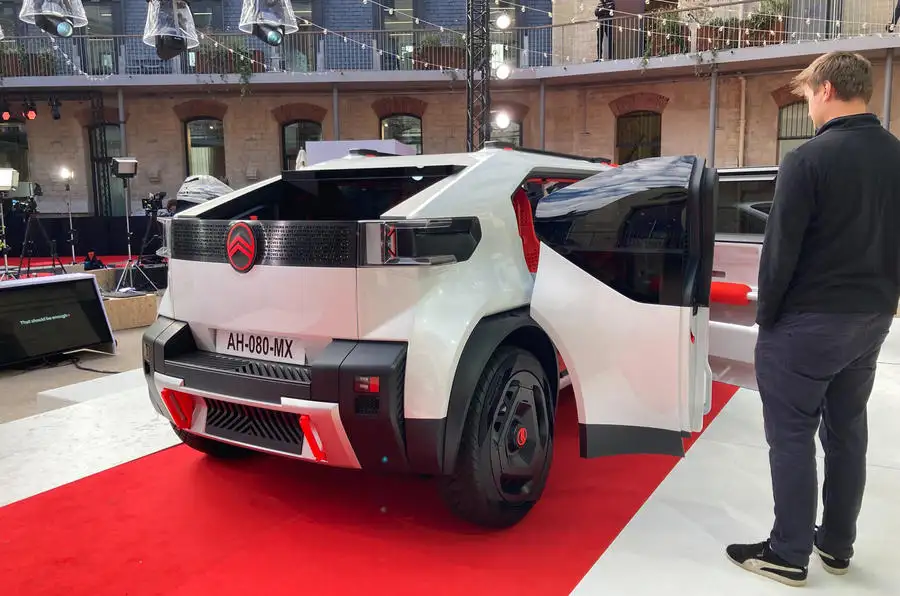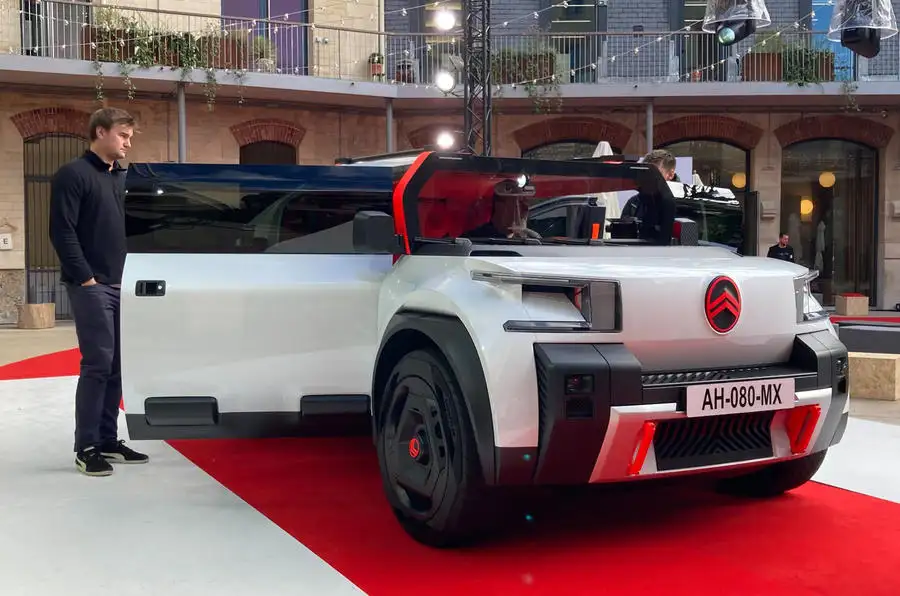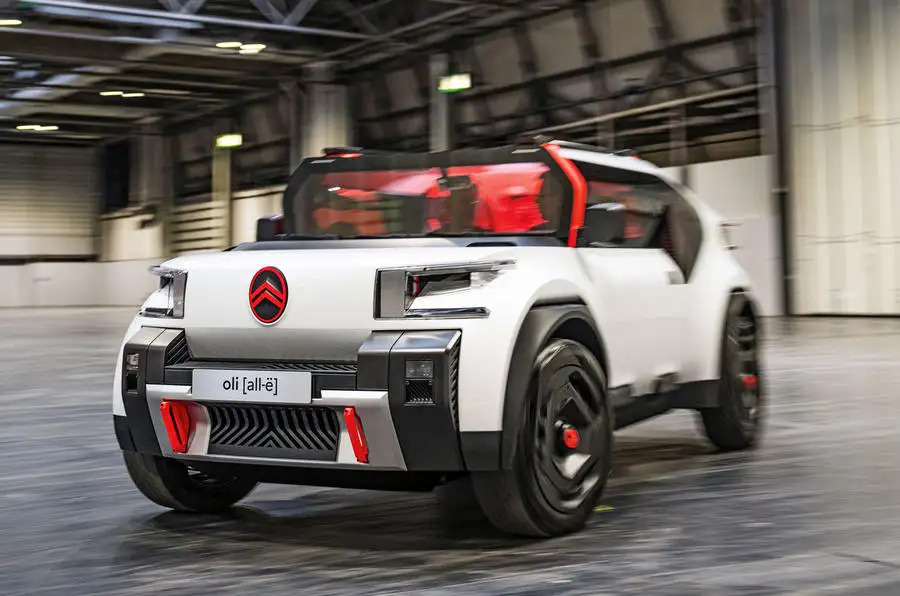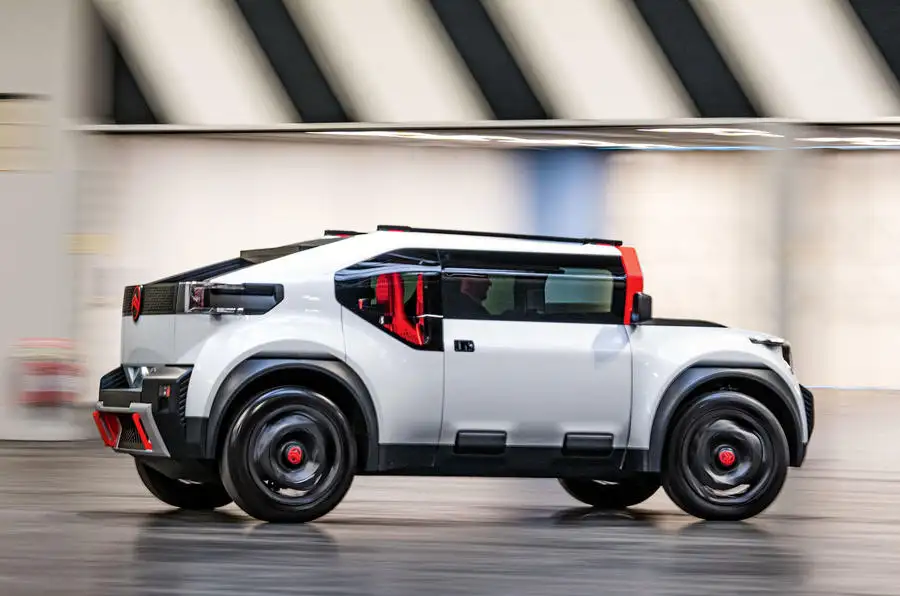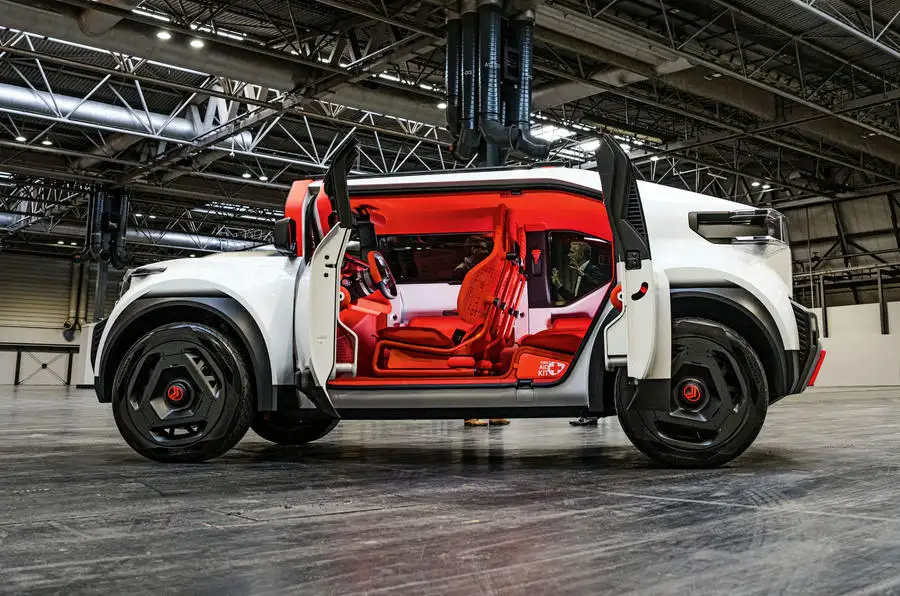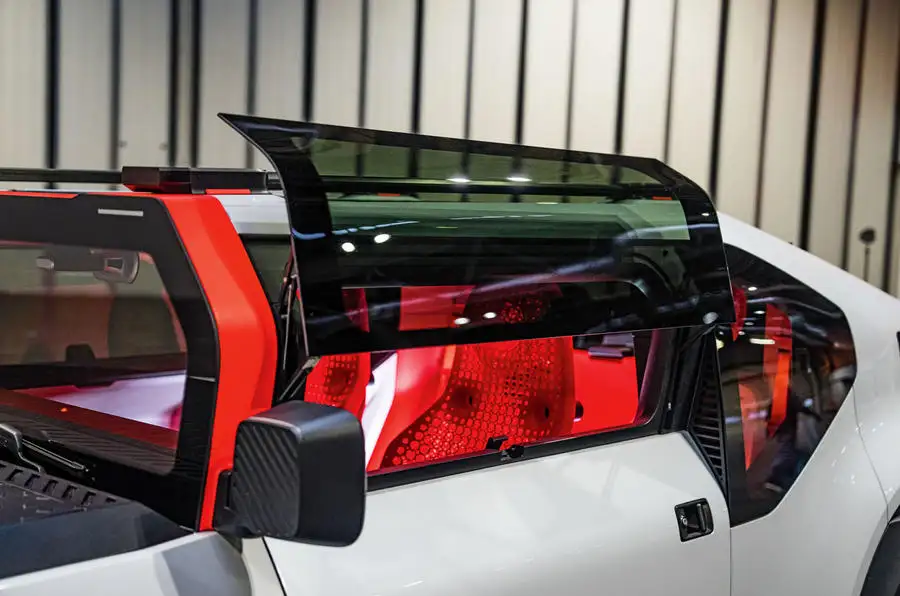“Would you like to drive it?”, the brand chief of Citroen Vincent Cobée asked. And so we did. Is it more than a show piece?
During an enthusiastic one-on-one chat with Citroën chief Vincent Cobée, he proves that the best-laid plans can always be subject to a whim.
It’s been set out in writing that under no circumstances am I to drive the Oli, the one-off, $1.7 million concept car set to go on a tour in Europe to energise dealers and customers prior to anyone outside the firm getting behind the wheel.
But who does the person who set it out in writing report to? Well, Monsieur Cobée, of course, and as he’s the one asking, who’s to argue? Everyone hurries to prepare the Oli. Automotive Daily Network partner Autocar has an exclusive.
Of sorts. Full disclosure: we’re in an empty show hall in the NEC, Birmingham, not on the open road. But it is a special opportunity, for both giving us an early insight into the Oli’s capability and underlining Cobée’s reputation for forging his own path.
The overwhelming impression as I weave round the pillars, stopping, going, turning and only slightly aware that Cobée is in the passenger seat watching over me, is just how remarkably normal the Oli feels to drive. It may look, feel and be remarkable for how it challenges conventions in almost every way, but it’s clear that, with the benefit of a well-sorted electric platform to sit on, there’s no hint of a compromise in how it drives as a result.
The view? Terrific. The seats? Comfortable. The minimalist interior? A perfect statement of the point the Oli makes. Not all will make production soon, but they hint at a process that is likely to drip feed into showrooms, starting with the upcoming C3 Aircross. Acceleration is ample, steering alert, progress silent even on what are presumably rock-hard tyres, and ride impossible to judge on a show hall floor.
“How long can I keep going?” Nerves fade and enjoyment rises as we drive round and round. “As long as you like: it’s just you and me now. Do donuts if you want!” Cobée laughs, sensing my rising enjoyment and awe, if not the head-scratching my continuing lappery is evidently causing the assembled team.
I don’t donut but I do complete a few more runs. Why not? If this is the future, I’m all in.
Citroen Oli – the details
The Citroën Oli is a new concept car illustrating the brand’s renewed commitment to affordability and sustainability, heralding an array of new technologies earmarked for upcoming cars.
An adventure-oriented pick-up similar in stature to the Citroën C3 Aircross, it doesn’t preview a production car (despite being road-legal) but rather serves as an embodiment of the marque’s new ‘back to right’ philosophy.
Design director Pierre Leclercq said the concept shows “the future is bright” and that “making something clever and affordable doesn’t mean that it has to be horrible; it [can] be fun and exciting.”
The headlines are a hypothetical price tag of around €25,000 (AUD$39,000), a weight of around 1000kg, plus a 400km range from a relatively small 40kWh battery and a single electric motor.
However, it’s the concept’s design and construction that have the biggest implications for production-bound cars.
The front and rear bumpers are identical, as on the Citroën Ami. This reduces costs, both in manufacturing and repairing, as well as environmental impact, because only one set of moulds is required. On the whole, the car is made from 50% recycled material and is 100% recyclable.
Range-boosting aero was a key part of the brief, but the vertical windscreen is a defining design cue. It was mainly about challenging convention but also yielded benefits including significantly reduced material and labour requirements. Trick ducting in the headlights and bonnet directs air over the windscreen, mitigating drag. The exact same screen features at the rear, too.
The roof and bonnet are made from a cardboard compound, rather than steel. That might sound suspect, but creator BASF’s use of a honeycomb pattern has resulted in something strong enough for you to stand on. A coating provides additional strength while helping to keep out the rain and UV rays.
The custom-made 20in aluminium-and-steel wheels are cheaper to produce than equivalent alloys and weigh only 6kg more. They’re shod in experimental Goodyear Eagle Go tyres that will supposedly last 500,000km and two re-treads, which means less waste. What’s more, the wheel arches can be removed with household tools, allowing for quick damage repairs.
Battery
A small 40kWh pack was chosen for cost, weight and environmental reasons, and the car was effectively designed around this. Top speed is limited to 110km/h and the 0-100km/h time was briefed to engineers in ‘slower than’ terms, rather than a target to beat. Ultimately, Citroën is targeting an efficiency of 10km per kWh – almost double that of most EVs on the market.
Much like the Dacia Manifesto, the Oli employs a ‘bring your own device’ approach to infotainment. A cassette-player-like slot connects your phone to the wide infotainment screen and uses its computational power to drive the system. This means fewer on-board computers (and thus semiconductors) are required, reducing the Oli’s cost and environmental impact. Physical climate controls are also included for ease of use when on the move.
Tubular seat frames with 3D-printed backs reduce material use, while removable covers are meant to be easier to refurbish in years to come. Seat adjustment is limited to save on costs, but ‘suspension’ foam balls on the seat bases sink down as you sit, helping to position you at a more natural angle. Citroën also says they help to take some of the sting out of potholes.
Additional reporting by Charlie Martin




